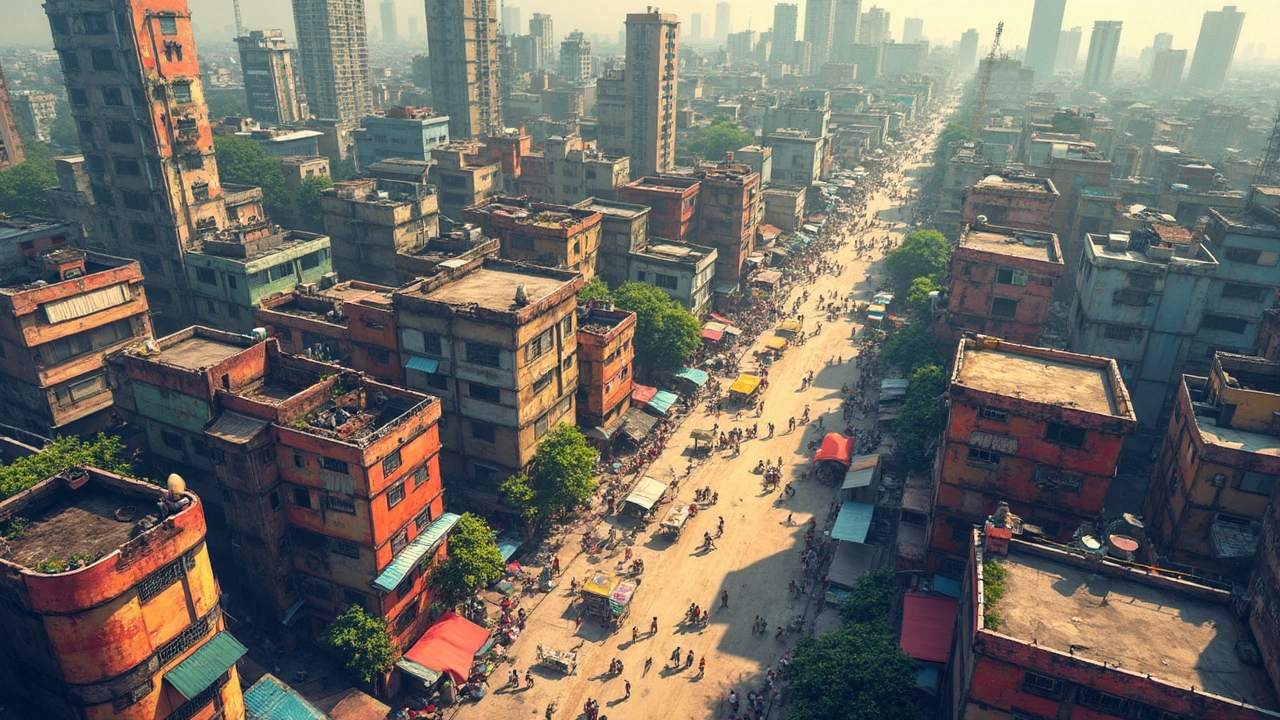Poverty Line Explained: Why It Matters for Your Home Choices
When you hear "poverty line," you probably think of government reports or charity work. But the number also sneaks into everyday decisions about where to live, what you can afford, and which neighborhoods are within reach. In plain terms, the poverty line is the income level that the government says is needed to cover basic expenses like food, clothing, and shelter. Anything below that mark signals financial strain.
How the Poverty Line Is Calculated
Officials start with a basket of essential items—a modest amount for food, a small rent or mortgage payment, utilities, transportation, and healthcare. They add a safety cushion for unexpected costs and then adjust the total for family size. The result is a yearly income figure that varies by state because living costs differ across the country. For a single adult, the federal poverty line in 2024 sits around $14,000, while a family of four needs roughly $30,000 to stay above the line.
These numbers aren’t set in stone; they get updated each year to reflect inflation and changes in cost of living. Some analysts argue the official line is too low, especially in high‑rent cities where even a modest apartment can consume half of a household’s income.
What It Means for Renting and Buying
If your household income sits near or below the poverty line, finding affordable housing becomes a juggling act. Landlords often require that your rent be no more than 30% of your gross income. For someone earning $12,000 a year, that means a maximum rent of $300 per month—hard to find in most urban areas. This is why many low‑income families rely on subsidized housing, rent‑controlled units, or shared living arrangements.
Buying a home is even tougher. Mortgage lenders look at your debt‑to‑income ratio, and a low income usually means a small loan amount or a higher interest rate. Some government programs, like the Earned Income Tax Credit (EITC) or affordable‑home initiatives, can help bridge the gap, but eligibility often hinges on staying close to the poverty line.
Understanding where you fall in relation to the poverty line helps you set realistic expectations. If you’re just above the line, budgeting for a modest one‑bedroom rental in a less expensive suburb might be doable. If you’re below, exploring local assistance programs or roommate options can keep housing costs from swallowing your entire paycheck.
For investors and real estate agents, the poverty line is a useful indicator of market demand. Areas with higher concentrations of low‑income households often need more affordable rental units, senior housing, or income‑qualified homebuyer programs. Recognizing these needs can guide smarter development decisions and create opportunities that benefit both investors and communities.
Bottom line: the poverty line isn’t just a statistic—it’s a signal about what housing options are realistic for many people. Knowing how it’s calculated and what it means for rent and mortgage payments lets you make better choices, whether you’re looking for a place to live or planning a property investment.
Is $30k a Year Poverty for a Single Person?
by Arjun Mehta Mar 15 2025 0 Affordable HousingEarning $30k a year as a single person might seem manageable in some areas but could be difficult in others. This article explores how different factors, including geography, living expenses, and housing costs, affect the viability of living on this income. It offers practical tips for budgeting and highlights the importance of location in determining your real financial situation. Dive into how $30k a year holds up against the poverty threshold and what strategies can help stretch those dollars further.
READ MORE